which of the following is characteristic of the eating pattern of people with bulimia nervosa?
 About Bulimia: Symptoms, Signs, Causes & Articles For Treatment Help
About Bulimia: Symptoms, Signs, Causes & Articles For Treatment HelpNutrition6 Common types of eating disorders (and their symptoms)Although the term eating is in the name, eating disorders are more than food. These are complex mental health conditions that often require medical and psychological experts to alter their course. These disorders are described in the Diagnostic and Statistical Manual of Mental Disorders of the American Psychiatry Association, fifth edition (DSM-5). In the United States alone, it is estimated that 20 million women and 10 million men have or have had a food disorder at some point in their lives (). This article describes 6 of the most common types of eating disorders and their symptoms. Food disorders are a range of psychological conditions that cause unhealthy eating habits to develop. They could start with a food obsession, body weight or body form. In severe cases, eating disorders can cause serious health consequences and may even result in death if not treated. Those with eating disorders may have a variety of symptoms. However, most include severe food restriction, food breakdowns, or purging behaviors such as vomiting or excess exercise. Although eating disorders can affect people of any kind at any stage of life, they are the most common in adolescents and young women. In fact, up to 13% of young people can experience at least one eating disorder at 20 years (). Summary Food disorders are mental health conditions marked by obsession with the form of food or body. They may affect anyone, but they are more frequent among young women. Experts believe that eating disorders can be caused by a variety of factors. One of them is genetics. Twin and adoption studies involving twins who were separated at birth and adopted by different families show that eating disorders can be hereditary. This type of research has generally shown that if a twin develops a eating disorder, the other has a 50% chance of developing one also, on average (). Personality traits are another cause. In particular, neuroticism, , and impulsivity are three personality traits often linked to a higher risk of developing a food disorder (). Other potential causes include perceived pressures to be thin, cultural preferences for slenderness, and exposure to the media that promote such ideals (). In fact, certain eating disorders seem to be mostly non-existent in cultures that have not been exposed to thin Western ideals (). That said, the culturally accepted ideals of delgacity are very present in many areas of the world. However, in some countries, few people end up developing a food disorder. Therefore, they are likely to be caused by a combination of factors. More recently, experts have proposed that differences in the structure of the brain and biology can also play a role in the development of eating disorders. In particular, the levels of the brain messengers can be factors (, ).However, more studies are needed before strong conclusions can be made. Summary Food disorders can be caused by several factors. These include genetics, brain biology, personality traits and cultural ideals. is likely to have the most known eating disorder. It usually develops during adolescence or young adulthood and tends to affect more women than men (). People with anorexia are usually seen as overweight, even if they are dangerously underweight. They tend to constantly control their weight, avoid eating certain types of food, and severely restrict their calories. Common symptoms of nervosa anorexia include (): they are also often present. For example, many people with anorexia are often concerned with constant thoughts about food, and some may obsessively pick up recipes or foods that are paved. Such individuals may also have difficulty eating in public and exhibit a strong desire to control their environment, limiting their ability to be spontaneous. Anorexia is officially classified into two subtypes: the type of restriction and the type of feeding and purging of garbage (). Individuals with the type of restriction lose weight only through diet, fasting or . Individuals with the type of feeding and purging binge can binge in large amounts of food or eat very little. In both cases, after eating, they purge using activities such as vomiting, taking laxatives or diuretics, or exercising excessively. Anorexia can be very harmful to the body. Over time, individuals living with him may experience the thinning of their bones, infertility, hair and fragile nails, and the growth of a thin layer of hair throughout their body (). In severe cases, anorexia can result in heart, brain, or multiorgan failure and death. Abstract People with nervous anorexia may limit their food consumption or compensate for it through various purging behaviors. They are intensely afraid of gaining weight, even when they have a very low weight. is another known eating disorder. Like anorexia, bulimia tends to develop during adolescence and early adulthood and seems to be less common among men than women (). People with bulimia usually eat unusually large amounts of food in a specific period of time. Each binge feeding episode usually continues until the person is painfully filled. During a binge, the person usually feels they can't stop eating or controlling how much they're eating. Binges may occur with any type of food but most commonly occur with the foods that the individual would normally avoid. Individuals with bulimia then try to purge to compensate for calories consumed and relieve intestinal discomfort. Common purging behaviors include forced vomiting, fasting, laxative, diuretic, enemas and excessive exercise. Symptoms may seem very similar to those of binge feeding or purging of nervosa anorexia subtypes. However, individuals with bulimia tend to maintain a relatively normal weight rather than gain weight. Common symptoms of nervose bulimia include (): Side effects of bulimia may include an inflamed and pained throat, swollen salivary glands, used dental enamel, dental decay, acid reflux, bowel irritation, severe dehydration and hormonal alterations (). In severe cases, bulimia can also create an imbalance in electrolyte levels, such as sodium, potassium and calcium. This can cause a brain or heart attack. Summary People with nervoous bulimia eat large amounts of food in short periods of time, then purge. They fear gain weight despite having a normal weight. is believed to be one of the most common eating disorders, especially in the United States (). It usually begins during adolescence and early adulthood, although it can develop later. Individuals with this disorder have symptoms similar to those of bulimia or the anorexia subtype of binge feeding. For example, they usually eat unusually large amounts of food in relatively short periods of time and feel unchecked during eyebrows. People with binge eating disorder do not restrict calories or use purging behaviors, such as vomiting or excessive exercise, to compensate for their eels. Common symptoms of binge eating disorder include (): People with binge eating disorder often have overweight or obesity. This may increase your risk of medical complications linked to excess weight, such as heart disease, strokes, and type 2 diabetes (). Abstract People with binge eating disorder regularly and uncontrollably consume large amounts of food in short periods of time. Unlike people with other eating disorders, they do not purge. is another eating disorder that involves eating things that are not considered food. Individuos with non-food chopped harve, such as ice, dirt, soil, chalk, soap, paper, hair, cloth, wool, pebbles, laundry detergent or corn starch (). It can occur in adults, as well as in children and adolescents. That said, this disorder is most often observed in children, pregnant women and persons with mental disabilities (). People with sting may be at a higher risk of poisoning, infections, intestinal lesions and . Depending on the ingested substances, sting may be fatal. However, in order to be considered itchy, the consumption of non-food substances should not be a normal part of someone's culture or religion. Moreover, it should not be considered a socially acceptable practice by a person ' s peers. Abstract Individuals with sting tend to crave and eat non-food substances. This disorder may especially affect children, pregnant women and persons with mental disabilities. is another newly recognized eating disorder. Describes a condition in which a person regurgitates the food that they have previously chewed and swallowed, it recurs it, and then re-changes it or spits (). This rumination usually occurs in the first 30 minutes after a meal. Unlike medical conditions such as reflux, it is voluntary (). This disorder may develop during childhood, childhood or adulthood. In babies, it tends to develop between 3-12 months of age and often disappears on its own. Children and adults with the condition usually require therapy to resolve it. If not resolved in babies, the rumination disorder may result in weight loss and severe malnutrition that can be fatal. Adults with this disorder may restrict the amount of food they eat, especially in public. This can lead to losing weight and becoming underweight (, ). People with the condition generally rekindle the food they have recently swallowed. Then they chew it again and swallow it or spit it out. It's a new name for an old disorder. The term replaces what is known as a "fancy and early childhood feeding disorder", a pre-reserved diagnosis for children under the age of 7. Although ARFID is usually developed during childhood or early childhood, it may persist in adulthood. Moreover, it is equally common between men and women. Individuals with this experience of disorders disturb eating either due to a lack of interest in eating or unraveling for certain smells, tastes, colors, textures or temperatures. Common symptoms of ARFID include (): It is important to note that ARFID goes beyond normal behaviors, such as eating in young children or intake of lower foods in older adults. In addition, it does not include avoiding or restricting food because of lack of availability or religious or cultural practices. Abstract ARFID is a food disorder that causes people to feed. This is due to lack of interest in food or intense contempt for the appearance, smell or taste of certain foods. In addition to the previous six eating disorders, there are also less known or less common eating disorders. These usually fall under one of the three categories ():A disorder that can currently fall under OSFED is . Although it is increasingly mentioned in the media and scientific studies, orthorexia has not yet been recognized as a food disorder separated by the current DSM. Individuals with orthorexia tend to have an obsessive approach to healthy eating, to a degree that disrupts their daily lives. For example, the affected person may remove whole eating groups, fearing that they are not healthy. This can lead to malnutrition, severe weight loss, difficulty eating out of the house and emotional distress. Individuals with orthorexia rarely focus on losing weight. Instead, their self-esteem, identity or satisfaction depends on how well they comply with their self-imposed diet rules (). Summary Purging disorder and night feeding syndrome are two additional eating disorders that are not well described. The OSFED category includes all eating disorders, such as orthorexia, which do not fit into another category. The above categories are intended to provide a better understanding of the most common eating disorders and dispel myths about them. Food disorders are mental health conditions that usually require treatment. They can also be harmful to the body if it is not treated. If you have a eating disorder or know someone who might have one, look for help from a doctor who specializes in eating disorders. Editor's Note: This work was originally published on September 28, 2017. Its current publication date reflects an update, which includes a medical review of Timothy J. Legg, PhD, PsyD. Last medical review on October 30, 2019Read this following

Eating disorder - Wikipedia
/signs-and-symptoms-of-bulimia-in-teens-2609258-01-58b75db20fde41f4a0f9e3b440b2688d.png)
Signs and Symptoms of Bulimia in Teenagers

Eating Disorders Overview: Symptoms & Causes | The Recovery Village

Eating Disorders Overview: Symptoms & Causes | The Recovery Village

Eating Disorders: Anorexia & Bulimia Nervosa - Nurseslabs

6 Common Types of Eating Disorders (and Their Symptoms)

Anorexia nervosa - Wikipedia

Bulimia nervosa - Wikipedia
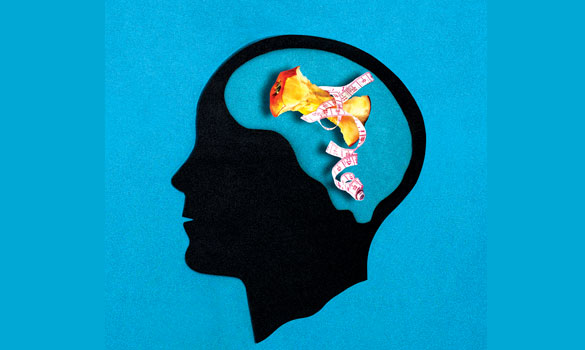
Eating Disorders in Children and Adolescents - SingHealth

Eating disorders - The Lancet
The management of bulimia nervosa and other binge eating problems
Chapter 9 Teachers 1. According to DSM-IV-TR which of the following is a diagnostic criterion for anorexia nervosa? a. A refusa
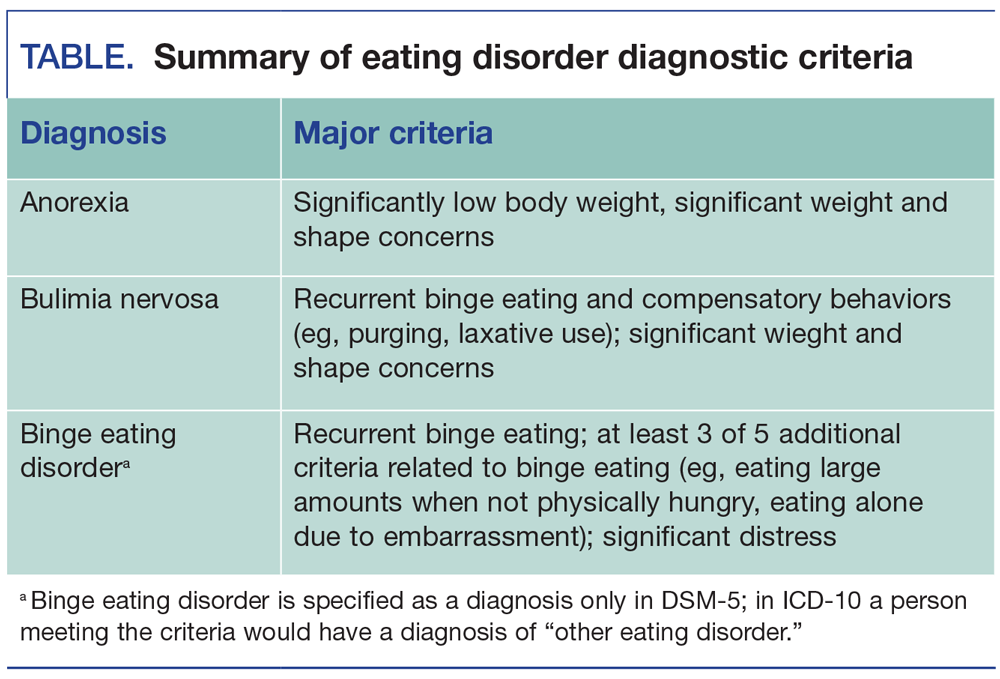
Diagnosis and Assessment Issues in Eating Disorders
Nutritional and Medical Assessment and Management of Eating Disorders
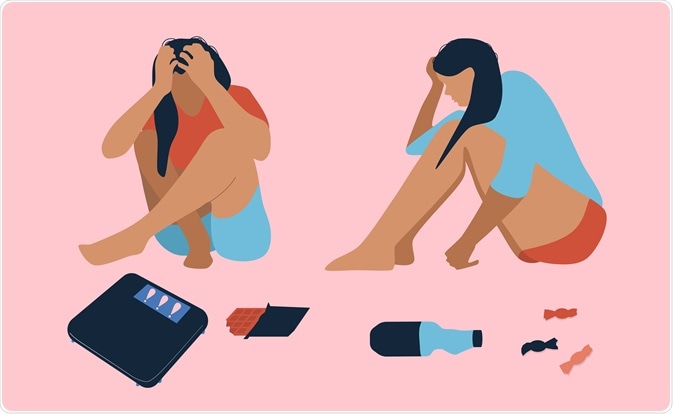
Bulimia Nervosa Diagnosis

PDF) The Impact of Maternal Eating Disorders on Dietary Intake and Eating Patterns during Pregnancy: A Systematic Review
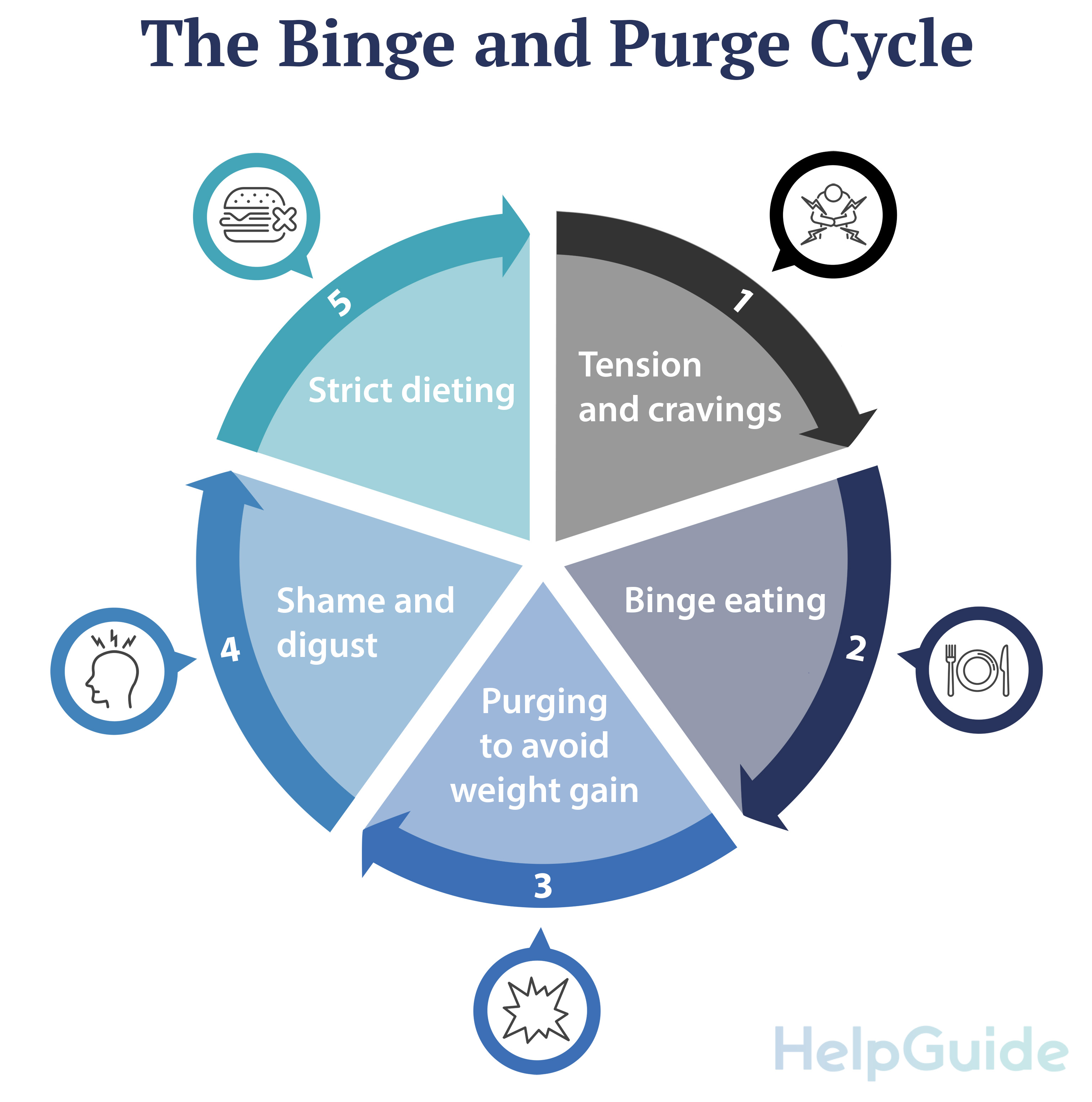
Bulimia Nervosa - HelpGuide.org

Eating Disorders: Warning Signs, Treatments & Types of Eating Disorders | Michigan Medicine

Bulimia Nervosa - Physiopedia

Eating Disorder Treatment and Recovery - HelpGuide.org
Bulimia nervosa - Wikipedia

Eating Disorders Overview: Symptoms & Causes | The Recovery Village

Binge eating disorder: Symptoms, when to see a doctor, and risk factors
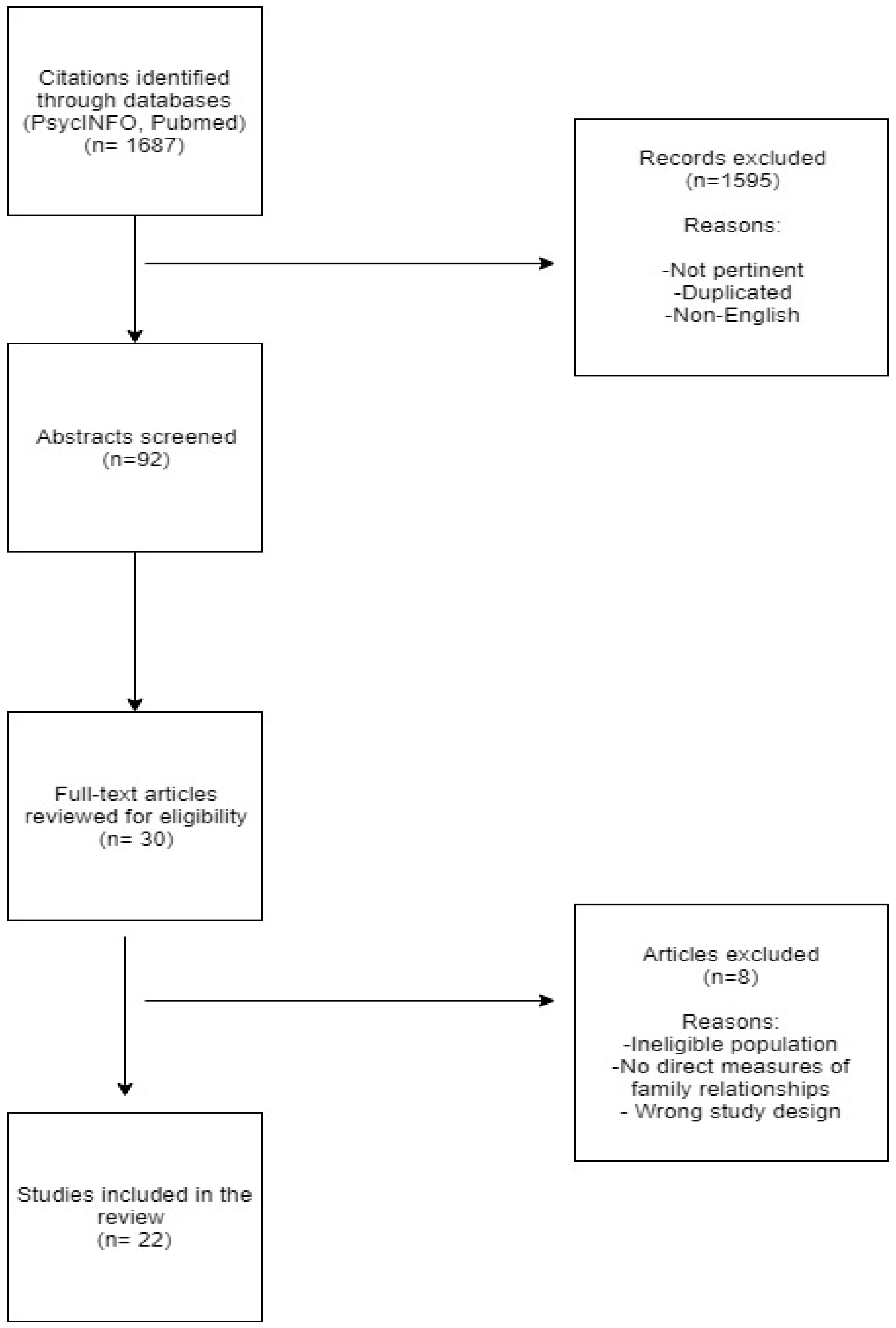
Behavioral Sciences | Free Full-Text | The Role of Family Relationships in Eating Disorders in Adolescents: A Narrative Review | HTML
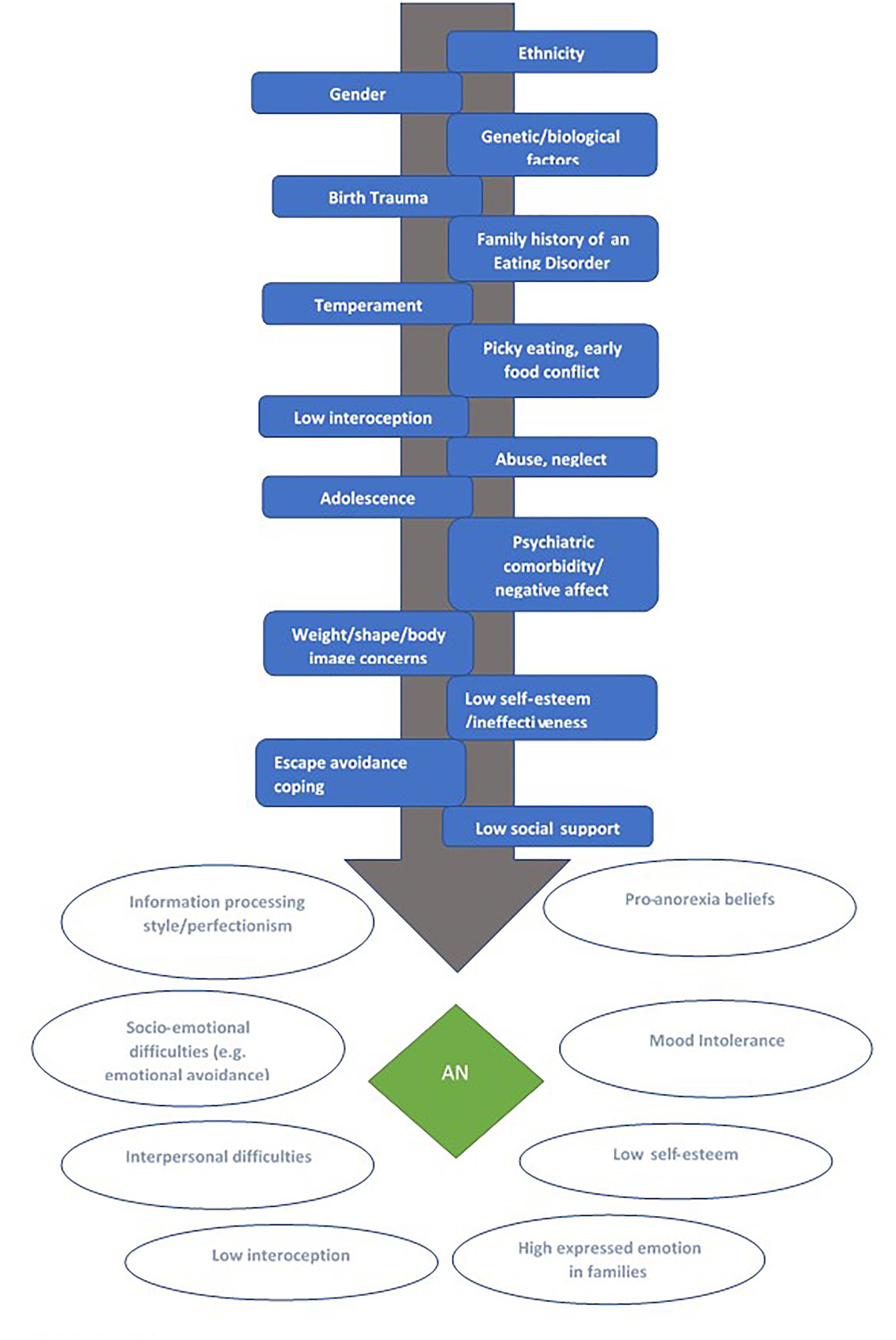
Frontiers | Anorexia Nervosa and a Lost Emotional Self: A Psychological Formulation of the Development, Maintenance, and Treatment of Anorexia Nervosa | Psychology

Position of the American Dietetic Association: Nutrition Intervention in the Treatment of Anorexia Nervosa, Bulimia Nervosa, and Other Eating Disorders - ScienceDirect

NIMH » Eating Disorders: About More Than Food

9 Symptoms of Anorexia Nervosa
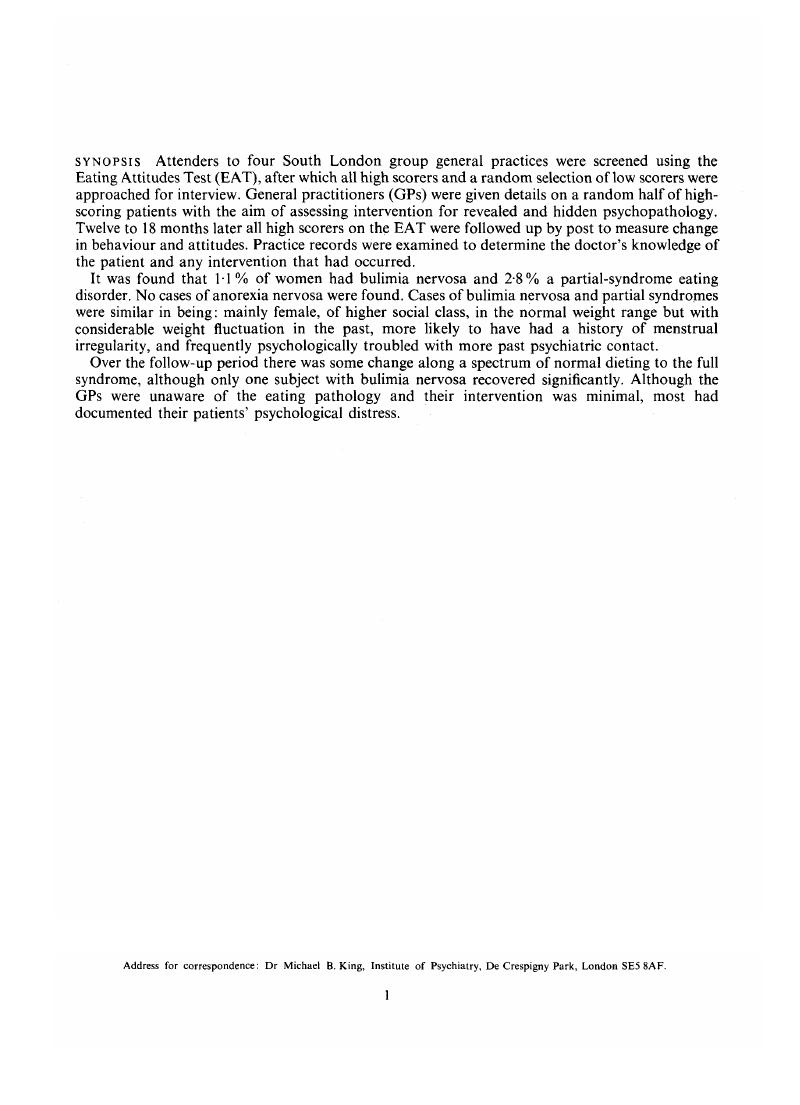
Eating disorders in a general practice population. Prevalence, characteristics and follow-up at 12 to 18 months | Psychological Medicine Monograph Supplement | Cambridge Core

6 Common Types of Eating Disorders (and Their Symptoms)
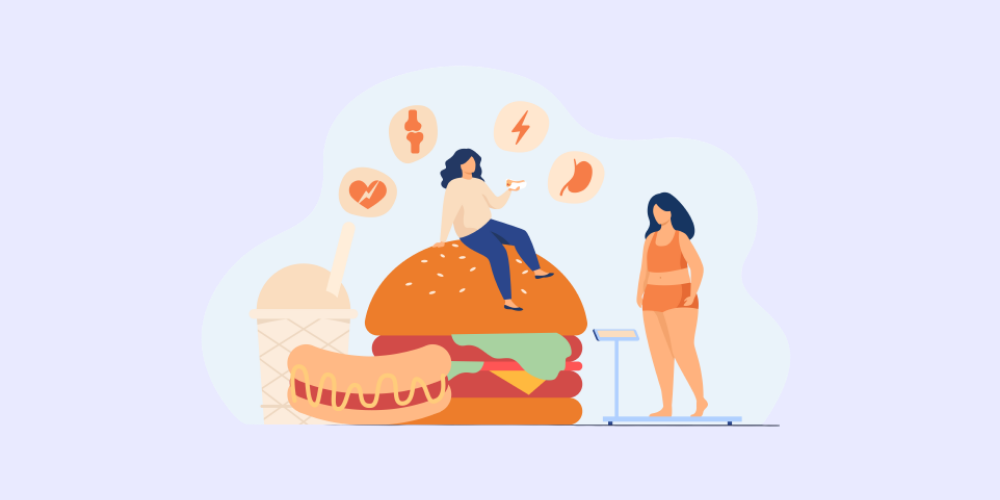
How To Stop Binge Eating With These 6 Proven Steps

Eating Disorders Overview: Symptoms & Causes | The Recovery Village

Anorexia nervosa - Wikipedia

A Closer Look at Bulimia Nervosa | MGH Clay Center for Young Healthy Minds

Eating Disorders: Warning Signs, Treatments & Types of Eating Disorders | Michigan Medicine

Development of the Ottawa Disordered Eating Screen for Youth: The ODES-Y - The Journal of Pediatrics

Rethinking anorexia: Biology may be more important than culture, new studies reveal | Science | AAAS

How to Talk to Someone with Disordered Eating Habits - Eating Disorders (Anorexia, Bulimia, Binge Eating) Professional Treatment, & Help
Posting Komentar untuk "which of the following is characteristic of the eating pattern of people with bulimia nervosa?"